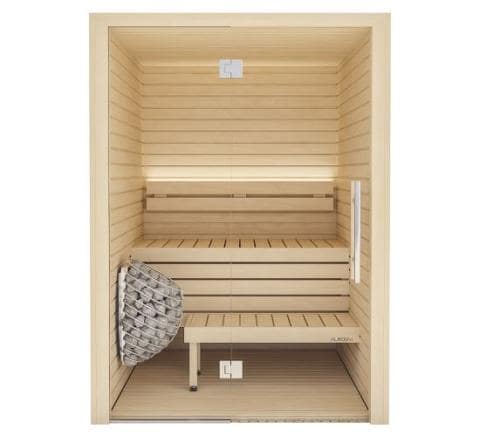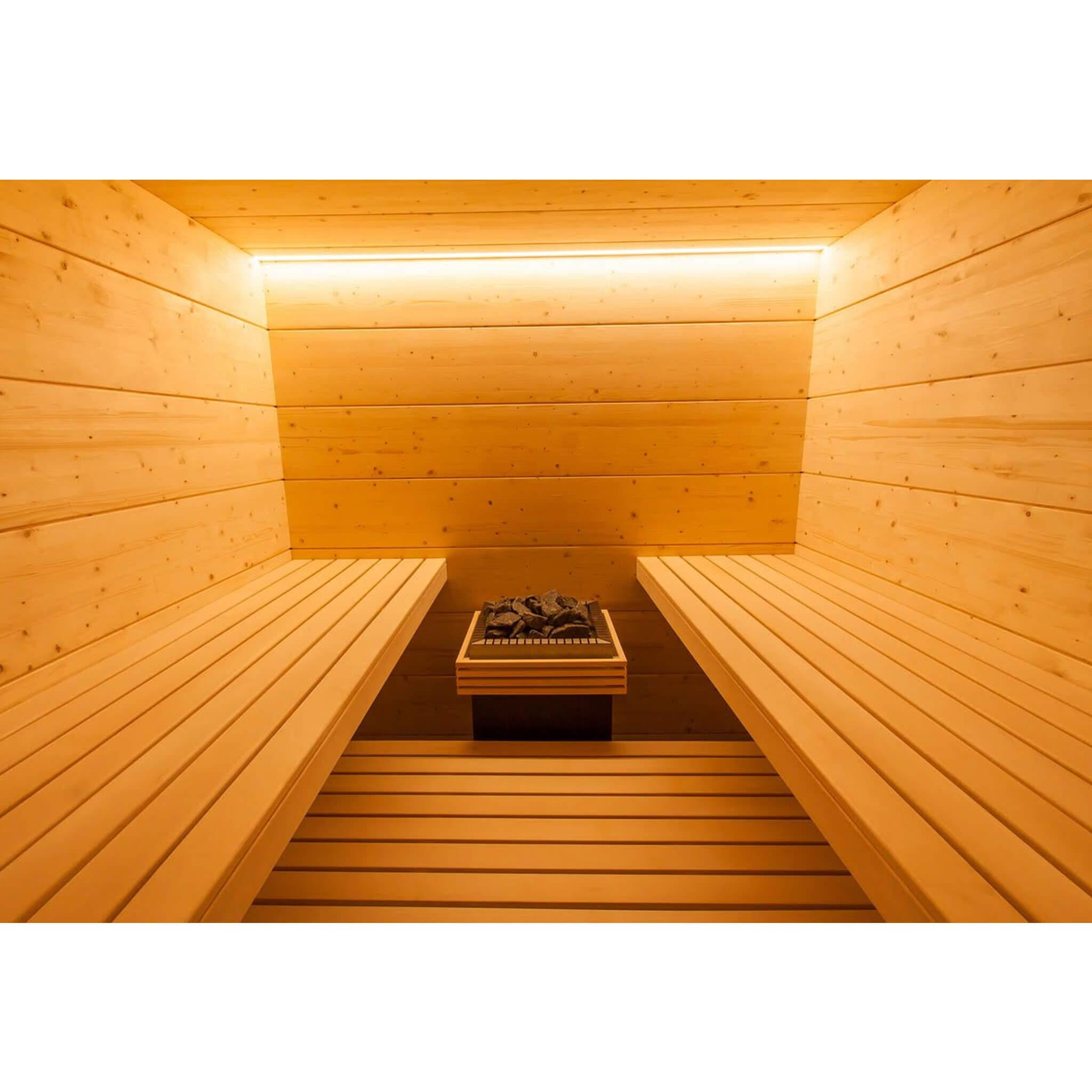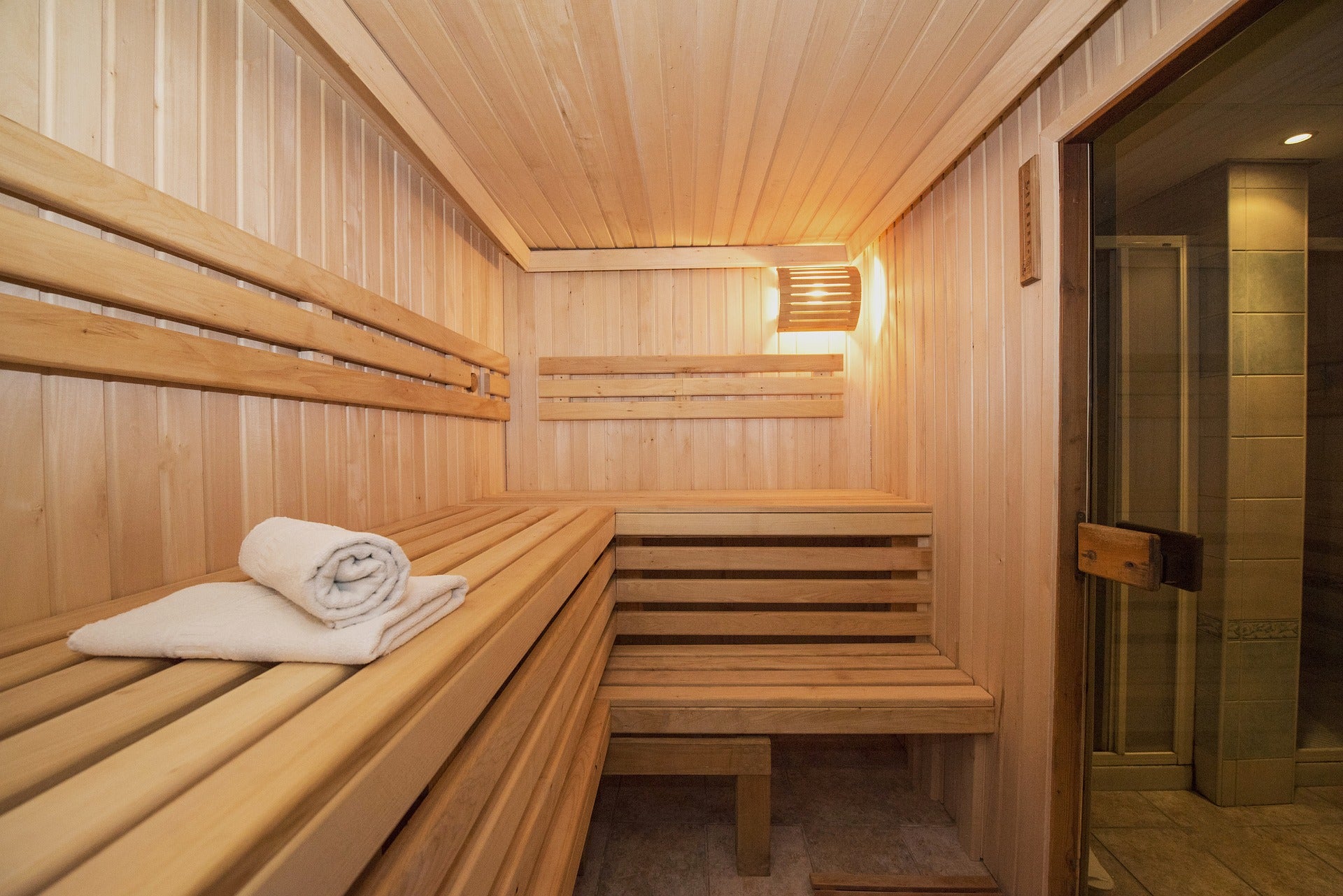Getting The Traditional Sauna To Work
Getting The Traditional Sauna To Work
Blog Article
Traditional Sauna for Beginners
Table of ContentsThe Greatest Guide To Traditional SaunaTraditional Sauna Fundamentals ExplainedThe Traditional Sauna StatementsThe 15-Second Trick For Traditional SaunaNot known Details About Traditional Sauna
The majority of the weight shed in a sauna is water loss and is re-gained upon rehydrating. Without a doubt sauna can be an essential part of a healthy weight loss program. To take a look at the differences between traditional and IR saunas, I will separate these into verifiable, academic, and made distinctions.Hence, the best factor in the saunawhich is at the ceiling directly above the sauna heateris generally between 185 and 190 F. Claims that a conventional sauna exceeds 200 F is simply not real and not relevant for electrical saunas offered in the US. The temperature for a far-infrared sauna is usually established in between 120 and 140 F; nevertheless, unlike the traditional sauna, the objective in and IR space is not to attain a high temperature.

When a standard sauna has been appropriately heated, the sauna wall surfaces are warm, the air temperature level has actually accomplished established temperature and the rocks are extremely heated. As an intriguing side note, the heated wall surfaces and the rocks are giving off far-infrared warmth, integrated with the warmed air, to create an "covering warmth".
The 2-Minute Rule for Traditional Sauna
When the heat is accomplished, the components cycle on and off to maintain the heat. The majority of conventional sauna individuals appreciate pouring water over the rocks to produce heavy steam to elevate sauna moisture levels. The benefits of pouring water over the rocks include: making the space extra comfy, moistening the nasal passages, and allowing the use of aromatherapy by blending crucial oils with the water.

When the power gets in the body, it triggers the body temperature to enhance and eventually results in perspiration. In an infrared sauna it is necessary for the emitters/heaters to remain on almost constantly. Given that there is no mass of rocks to preserve warmth, the sauna will certainly cool if the emitters shut off.
Fascination About Traditional Sauna
As pointed out above, the sauna bather in an infrared area wishes to place himself in front of running emitters to get optimal advantage from the heat. The home heating time for both areas can be very various, depending upon just how the spaces are made use of. For a standard sauna, a bather ought to permit 30-40 minutes for the area to achieve a wanted temperature and to appropriately pre-heat the rocks.

A well constructed sauna will usually attain a temperature of 150-160 F in regarding 30-40 mins learn the facts here now (Traditional Sauna). For hotter temperature levels, the room may require to warmth for a longer period. Once the space attains set temperature, the heater will certainly cycle on and off, normally operating about 50% of the time. The protected wall surfaces and the warmed rocks will keep the space hot and at steady temperature levels.
To some, 15 minutes was "lost" while the infrared power heated up the timber panels as opposed to warming a body, while others locate a pre-heated area to be extra comfy and think a raised beginning temperature level is essential to start sweating. The size of suggested usage for every space is around the exact same (10-15 minutes per session); nevertheless, because of the lower air temperatures and the ability to really feel the results of infrared warmth quicker than a standard sauna, it is not uncommon for a person to spend a total amount of 20-30 mins in an infrared sauna.
Traditional Sauna - Questions

The average price per kWH of power in the U.S. is roughly $0.11, so a 4.5 kW heater will certainly set you back about $.50 to compete one hour, if the heating system runs constantly for one hour. Generally a sauna heating unit will certainly compete 75% of the initial hour and 50% of succeeding hours on since the aspects cycle once the established temperature is accomplished.
A two individual far-infrared room is typically literally smaller sized than a standard sauna, typically concerning 4' x 4' or smaller sized. The IR heater is generally 1.5-1.7 kW making use best site of a 120 volt 15 amp plug-in service. Since the room can be made use of faster than a sauna area, we will certainly presume the area is utilized for to of an hour including warm up time.
There is a hardly ever gone over difference in the social experience between the 2 spaces. While our culture has lost a few of the social advantage of the typical sauna experience, it can be extremely socially gratifying (Traditional Sauna). From household time in the sauna, to heart-felt discussions with significant others, the original source to sauna partiesthe typical sauna experience can cause intimate mingling
The Single Strategy To Use For Traditional Sauna
The majority of higher end infrared areas include tinted light treatment, noise systems and full-glass fronts.
Report this page